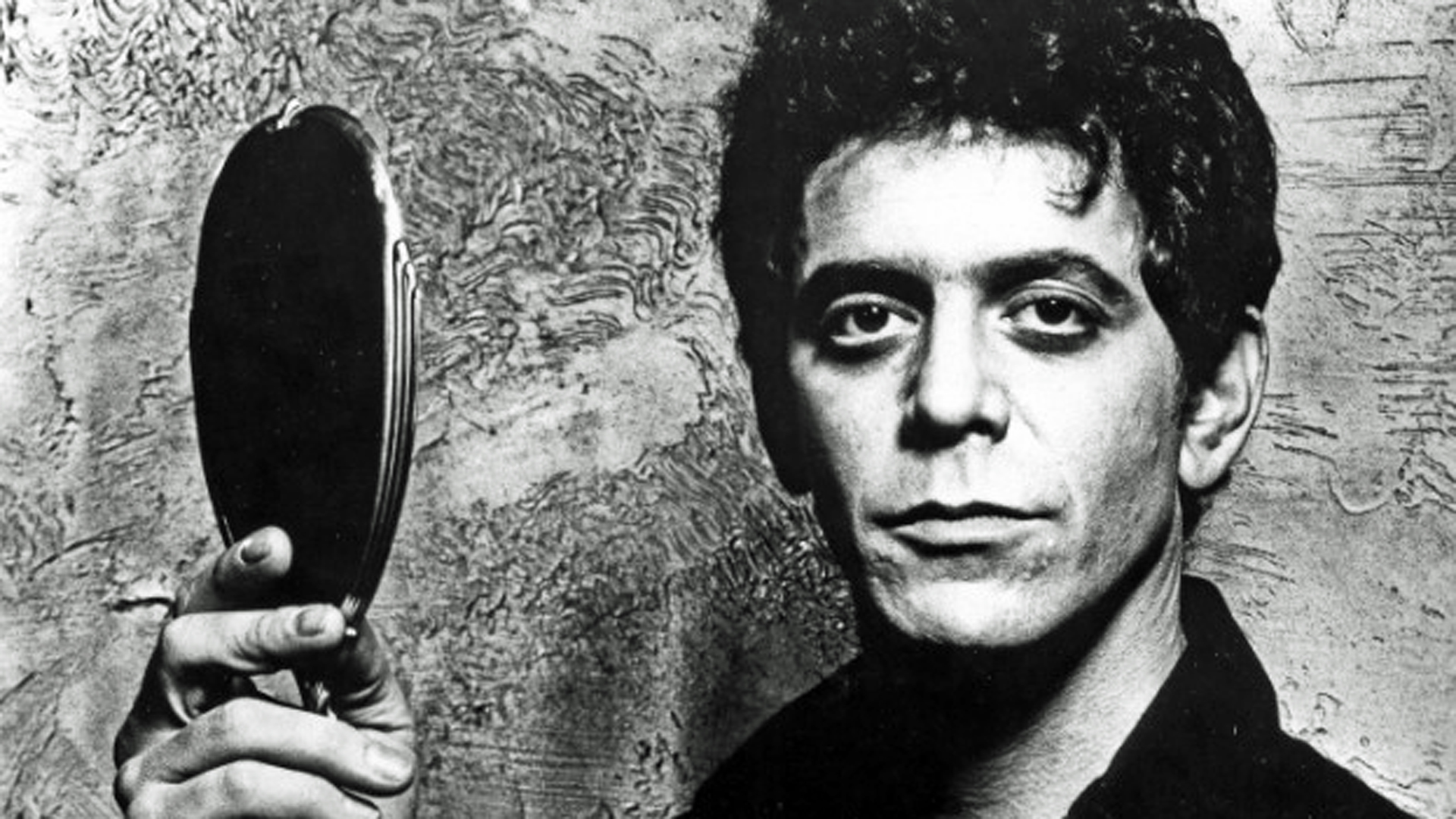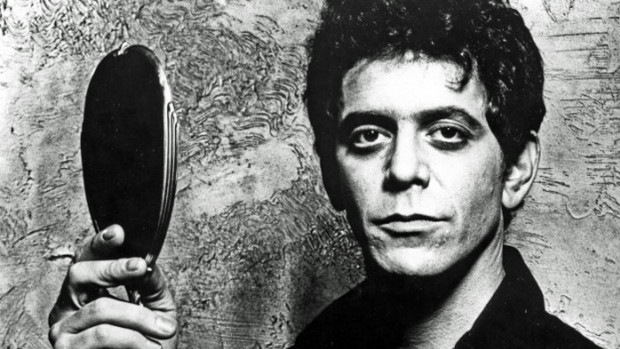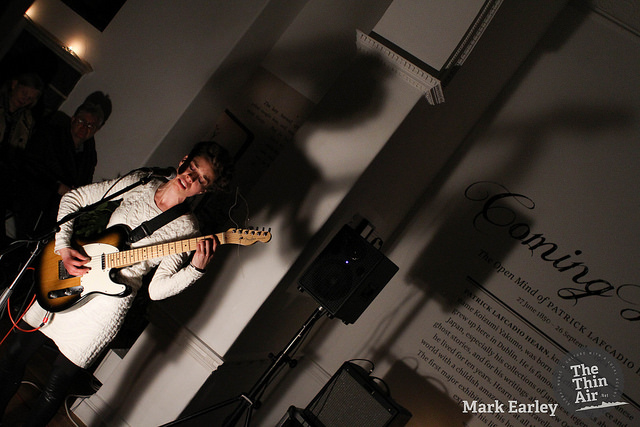
Two years ago, the musical world lost one of its own gentle giants. Lou Reed, the Brooklyn-born poet, musician, and artist, died of liver disease at the age of 71, leaving behind a profoundly lasting legacy that’s transformed countless lives, careers, and artistic endeavours. Some of the 20th century’s most iconic artists cite Reed as a notable influence. And yet the waves made by this larger-than-life presence often go unnoticed by modern music consumers. Taking risks held a constant stay throughout the corpus of Reed’s work, lending an evolutionary quality to decades of his music, and likewise influencing decades of alternative rock and pop as a result. As a solo artist, Reed released a total of 50 albums, not to mention the four as frontman to the legendary ensemble Velvet Underground. And yet it’s not his work that often highlights his career, but the work his work has generated. Velvet Underground’s debut album sold a mere 30,000 records upon release, but garnered spot #13 on Rolling Stone’s 500 greatest albums of all time because, as British musician Brian Eno once said, ‘Everyone who bought one of those 30,000 copies started a band.’ It isn’t possible to sum up so full a life in words, nor is it possible for those words to give adequate thanks. This tribute is merely brief homage and an observation that the most appropriate way to show gratitude to the man is to continue practicing the influence his legacy has left.
Quite possibly meriting a spot in modern mythology, Lou Reed’s story falls comfortably into the archetype of marginal-to-famous, ugly-duckling lore. As a teenager in gritty 1950’s New York, Reed was an awkwardly anxious adolescent, and like many teens before and after him, Reed turned to music. There, he found passion, excitement, and a dangerously experimental nature found in his work henceforth. Sex, drugs, and rock & roll became pillars of his subsequent college years and youth, during which he briefly took a break from school due to close calls with serious benders, purposely got himself booted from ROTC for pointing an unloaded gun at a commanding officer, and ran a jazz/blues radio hour. Reed managed all of this experience while earning honours in his B.A. in English and befriending professor of poetry Delmore Schwartz who undoubtedly influenced Reed’s poetically candid lyrics. Young Reed hosted the makings of an inquisitive, yet restless rebel geared for stardom.
Shortly after graduation, Reed’s prolific nature allowed him no time to waste in starting a career. He quickly picked up a song-writing job with Pickwick Records in New York which led him to a band which caught the eye of the famously eccentric Andy Warhol. Under Warhol’s friendship and guidance, the transient act called The Velvet Underground became a fixture in Warhol’s studio The Factory and his sensational multimedia showcase Exploding Plastic Inevitable. The experience led Reed and bandmates John Cale and Maureen Tucker to cross paths with other superstars like Jagger, Bowie and Nico, whom Warhol brought on as a songstress in the band’s iconic debut album.
Though both Nico and Warhol eventually departed from the act due to creative and personal differences, The Velvet Underground produced three more albums. Following the final LP Loaded, marked by its more noticeable commercial accessibility, Reed himself departed to begin his lengthy solo career. His first foray, an eponymous debut album, was far outstripped by sophomore opus Transformer. Under label RCA and producers David Bowie and Mick Ronson, along with lateral influence from Andy Warhol, Transformer still stands as Lou Reed’s most iconic work as a solo artist, earning a place among Rolling Stone’s 500 greatest albums along with many others of his career. The work cemented Reed’s place among the enticingly urban, fearlessly experimental, and sexually enigmatic artists of the late 20th century. Yet the lush, self-indulgent lifestyle projected by this image never impeded Reed’s ability to produce an astounding amount of material for decades to come.
Many would come to regard Reed’s career in the 80’s as stagnant and far overshadowed by the work of previous years. Still, albums like The Blue Mask and New York bookended the decade with material that demonstrated Reed’s firm staying power and his undaunted approach to developing his craft. Following the death of friend Andy Warhol, he and former bandmate John Cale rekindled their relationship to commemorate their former producer and comrade and the influential work they all built in tandem. Eventually, The Velvet Underground, their short-lived act from nearly 30 years prior, found its way into the Rock & Roll Hall of Fame in 1996, with Reed joining posthumously this past April, his induction led by Patti Smith. Reed continued to touch the lives of artists throughout the remainder of his career, regularly collaborating with newer generation acts like The Killers and Metallica. Instead of allowing time and the obstacles of his personal life to obstruct his musical endeavours, Reed seems to have married his labour to his journey, fully living all facets of his being rather than sadly compartmentalising them in vain. This tribute cannot encapsulate the incredible experience of this musical giant, but there’s hope in homage that the man thrives in the lives he’s touched, the work he’s influenced, and the change he’s created. Joe Madsen
Below is a playlist of 32 songs spanning Lou Reed’s prolific career:





